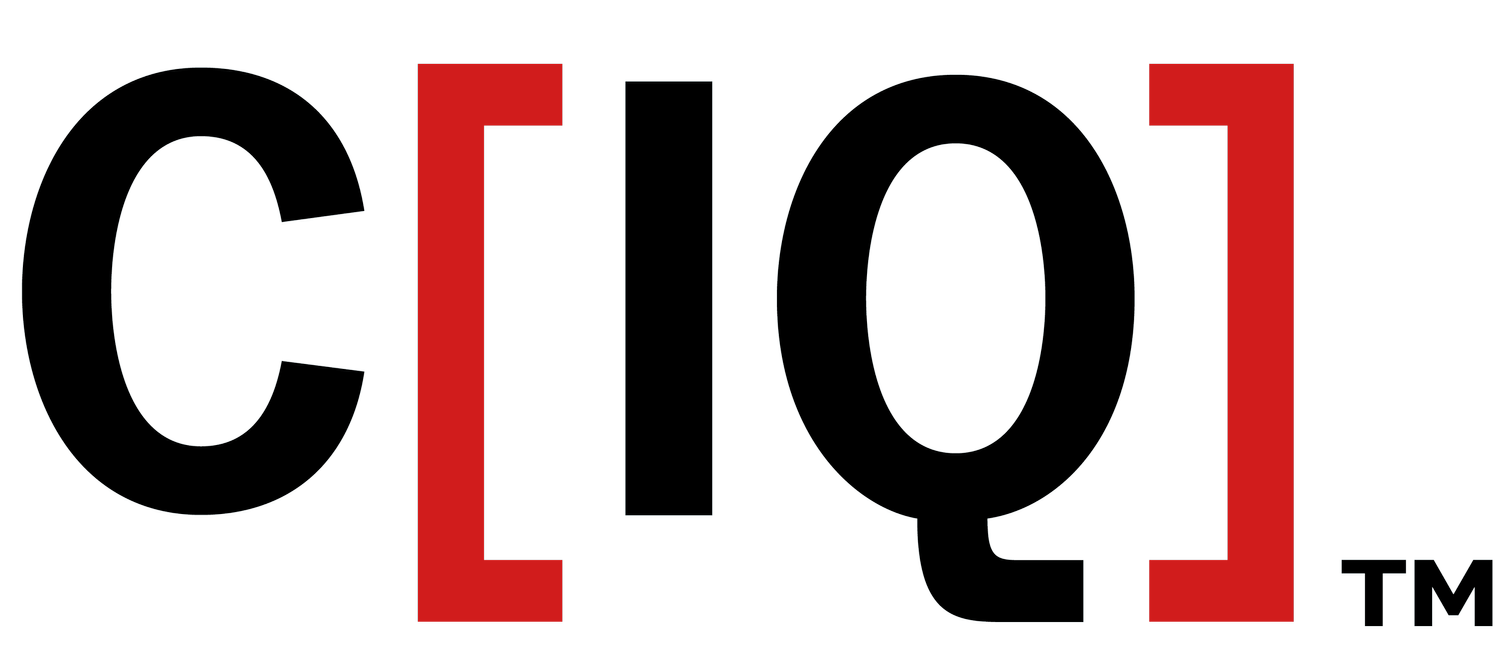An eMail #FAIL
Several weeks ago I was exploring the website of a fitness brand where I was considering making a purchase. Their products and story are unique. The site was simple to navigate; it included nicely curated, engaging video content. I was captivated yet, not quite ready to make a purchase.
So, at the risk of more eMail in an already content-wise bankrupt inbox, I decided to opt-in to receive eMail communications before leaving the site.
Maybe its because of what I do professionally, or maybe its because the initial brand engagement was compelling enough to surrender my eMail addy (the site is decent fire); either way, I had high expectations for a “welcome eMail” I assumed I would shortly receive.
No such eMail arrived — nothing a day later; nothing a week later. 🤔
Well, I figured, since I received nothing, not even a confirmation that I was opting-in for eMail to verify the authenticity of the address, perhaps I “fat-fingered” what I entered. So, I visited the site again and went through the sign-up process.
Now, I have to admit (again, because of what I do), I was ready for their site to have cleverly placed a registration-flag cookie that would alert me I had already signed-up for eMail and then we’d know the problem was lurking somewhere else in the process-cycle. No such pop-up landed, and so I became more convinced I had passed a bad address. So off it went, and I waited.
And waited. And waited.
Welp! The same experience. 😳 No welcome message thanking me for signing up and (of course) urging me back to the site to take advantage of a first-time purchase discount or other benefit. Nothing. Crickets.
The Importance of Getting it Right
Look, creating a welcome journey is a simple task in most eMail platforms. The journey can be as simple as one message welcoming the new opt-in to your brand, or a more complex journey can be curated with two or three eMails triggered over a few days or weeks. But whether its one or three, for goodness sake, don’t trip over the first step and commit an unforced customer acquisition error. That is a #FAIL every time.
Welcome-journey eMails have higher open, click, and conversion rates than other types of messages. This is because welcome messages are sent to subscribers who have just signed-up for your eMail list and are most likely to be interested in what you have to offer. Additionally, welcome messages tend to have high engagement rates because they often include important information, such as a confirmation of subscription, a welcome message, and a call-to-action. Look, in this age of message overload, if you can acquire an opt-in, then that is (according to a famous world-leader), a “B-F-D”.
At the risk of hammering this point home more than necessary, the numbers do not lie. Studies have shown that welcome eMails have an average open rate of around 50%, which is significantly higher than the average open-rate for other types of promotional eMail. The click-through rate for welcome eMails is also higher than the average, at around 10-15%. Finally, the conversion rate for welcome eMail is typically higher than the average, at around 5-10%.
Sending a welcome eMail to new opt-ins is important for several reasons:
Builds trust and establishes a relationship: A welcome eMail sets the tone for your relationship with your new subscribers. By sending a welcome eMail, you show that you value their decision to subscribe and are interested in building a relationship with them. This helps to build trust and establish a positive relationship with your brand.
Confirms subscription: A welcome eMail is a great way to confirm that the subscriber has successfully opted-in to your eMail list. This helps to ensure that they will continue to receive your emails and helps to reduce the chances of them marking your eMails as spam.
Increases engagement: A welcome eMail provides an opportunity to engage with your new subscribers and encourage them to take action, such as visiting your website, making a purchase, or following you on social media. This helps to increase engagement and improve the chances that they will become long-term customers.
Segmentation opportunities: A welcome eMail can also be used to gather more information about your subscribers, such as their interests or preferences. This can help you to segment your eMail list and send more targeted messages to specific groups of subscribers, which can lead to higher engagement and conversion rates.
Overall, sending a welcome eMail is an effective way to start building a positive relationship with your new subscribers and increase the chances of turning them into loyal customers.

